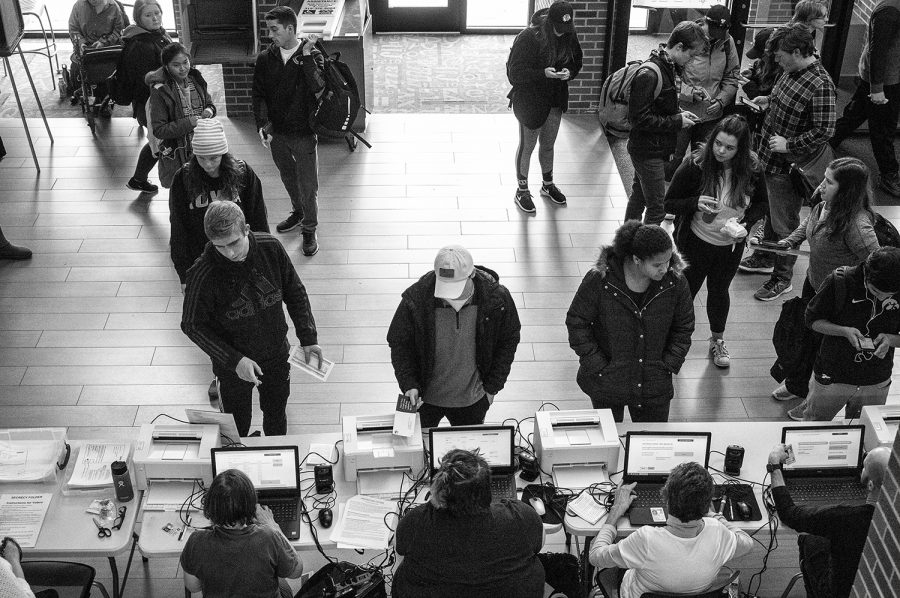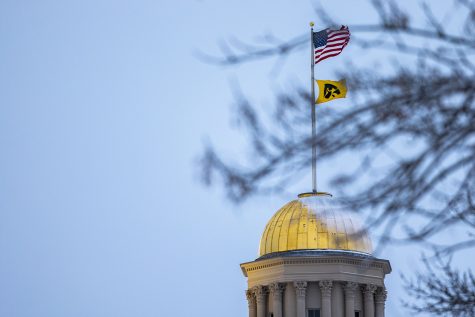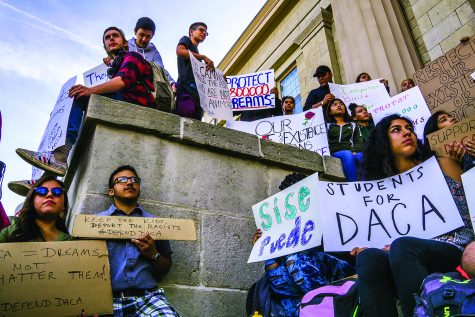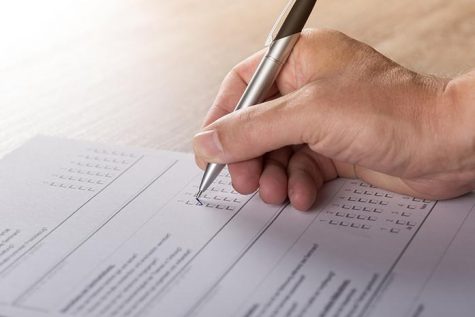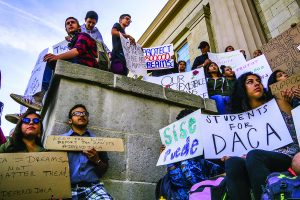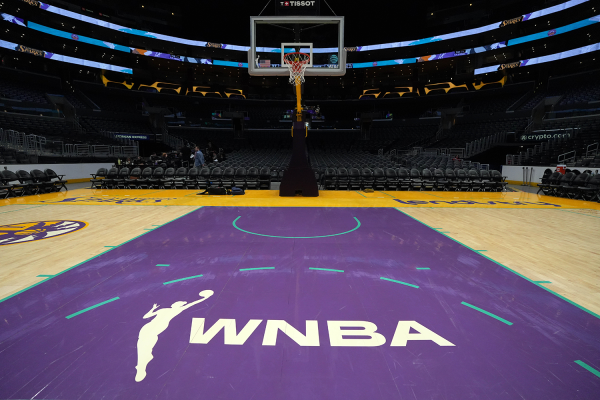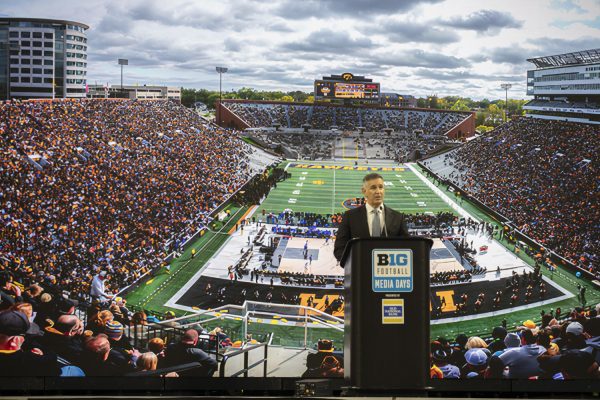Young voters in Iowa turned out in a decade-high rate in 2018
A report from the Iowa Secretary of State shows that nearly 38 percent of 18- to 24- year-olds voted in the 2018 midterm increase, with around a 14 percent increase from 2014.
Voters wait to vote at the University of Iowa Library.
January 24, 2019
The 2018 election featured decade-high youth voter turnout rates for a midterm election and young Iowa voters surged the polls in higher rates than nationally, as revealed in a Jan. 9 report from the Iowa Secretary of State.
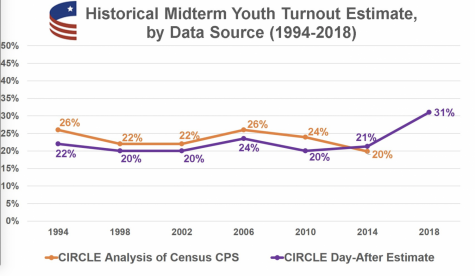
Nearly 38 percent of registered voters ages 18 to 24 turned out to vote, while around 41 percent of Iowans ages 25 to 34 voted. Nationally, 31 percent of 18- to 29-year-olds participated, according to the Center for Information and Research on Civic Learning and Engagement (CIRCLE), a research group at Tufts University.
In comparison, only 23.6 percent of 18- to 24-year-old Iowans voted in the 2014 midterm elections.
“There was a considerable increase in turnout looking at 2018 compared with 2014,” UNI political-science Professor Christopher Larimer said. “I was pretty surprised by the increase in the 18- to 24-year-old bracket; I thought an increase up to just 30 percent would have been sizable.”
However, the youngest voters still lagged considerably behind other Iowans. Each of the older age groups had increasingly higher turnout rates, with the 65-and-older group topping the list at 78.47 percent.
RELATED: Efforts to attract the youth vote continue as Election Day approaches
“The No. 1 predictor for better turnout in an election is if people have voted in a prior election,” Larimer said. “If older voters have a history of getting out to vote and knowing what to expect, they’re more likely to do it.”
So he believes young people who voted in 2018 will be more likely to vote again in 2020 after the experience.
Among 18- to 24-year-old Iowans, female Democrats were the demographic with the highest turnout rate, at 52.72 percent.
Voting rates nearly doubled since 2014 in the precincts surrounding the central University of Iowa campus.
Officials reported that 1286 ballots were cast in 2018 at Iowa City’s precinct 5, according to an exit poll conducted by CIRCLE and shared with The Daily Iowan by NextGen America, a liberal advocacy organization that hosted voter-registration drives on college campuses before the 2018 election.
BREAKING: #YouthVote turnout for #Midterms2018 higher than any midterm election in a quarter-century. https://t.co/cVoIsF2COt pic.twitter.com/ue3CABm1bL
— NextGen America 🗳 (@NextGenAmerica) November 7, 2018
Precinct 5 encompasses much of the UI campus with its polling location at the Main Library. The 2018 turnout rate at the library was 31 percent, a steep increase from the 16 percent turnout rate in 2014.
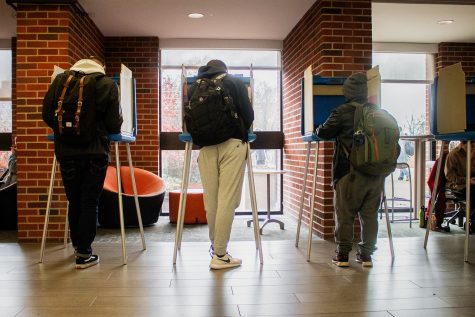
Students are seen voting at the Main Library on Nov. 6, 2018.
Larimer said he observed various organizations interacting with students and seeking young people’s votes on campus, which could have affected the voting rates.
“There were pretty concerted efforts targeting younger voters this election cycle, more so than in the past,” he said. “That may have had an impact. The salience of the election itself and the issues may have fueled the younger voters as well.”
RELATED: Iowa Democrats still lag Republicans in voter registration, but the gap is steadily closing
Olivia Bercow, the NextGen America deputy communications director, said the organization held intensive youth-voting operations in the months preceding the election, including registering 14,000 young people nationally.
“We’re very encouraged by the numbers,” Bercow said. “I think it shows we did a lot of work, our work paid off, and a lot of young people are starting to be brought more into the fold.”
Rep. Vicki Lensing, D-Iowa City, said Iowa’s role as the first state in the nation to hold a presidential caucus will present a valuable opportunity in keeping young people excited and engaged in 2020.
“Not just at the state level but at the national level, I think we’re in a unique position where we get to see these candidates up close and personal, we get to ask questions, we get to meet with them at people’s homes and at events,” she said on Jan. 14. “Getting young people charged up about politics all the way from the local level up to national — what a great opportunity it is to be involved and engaged.”



